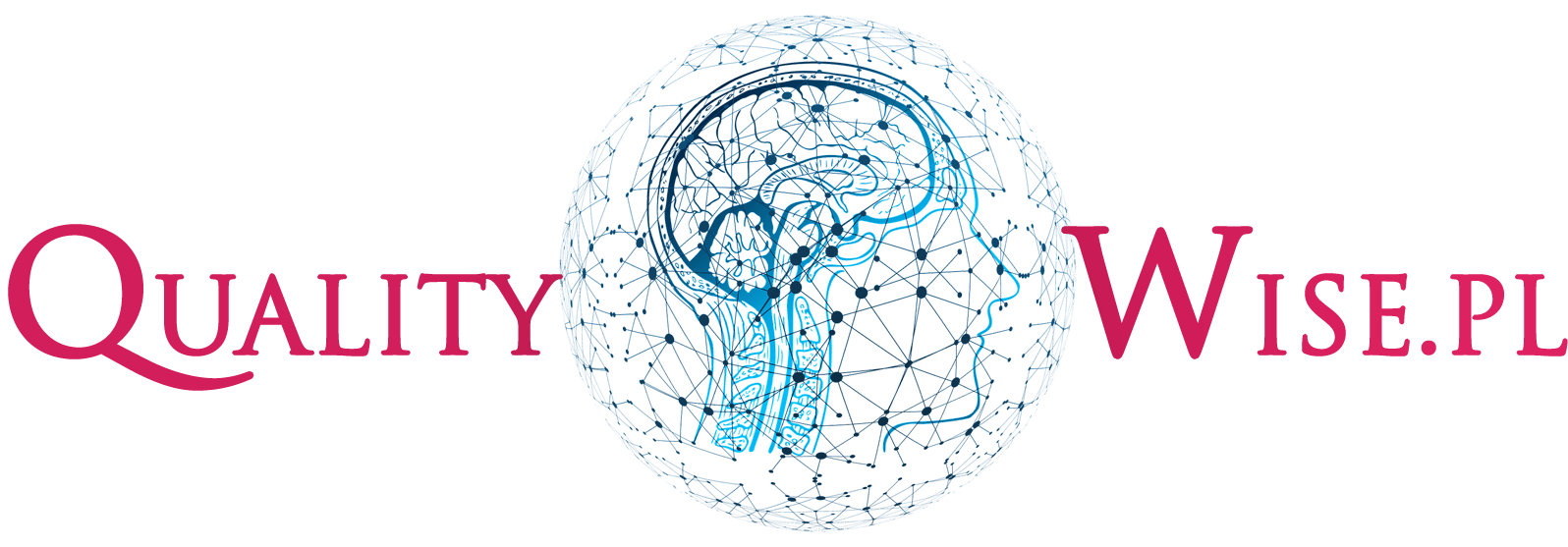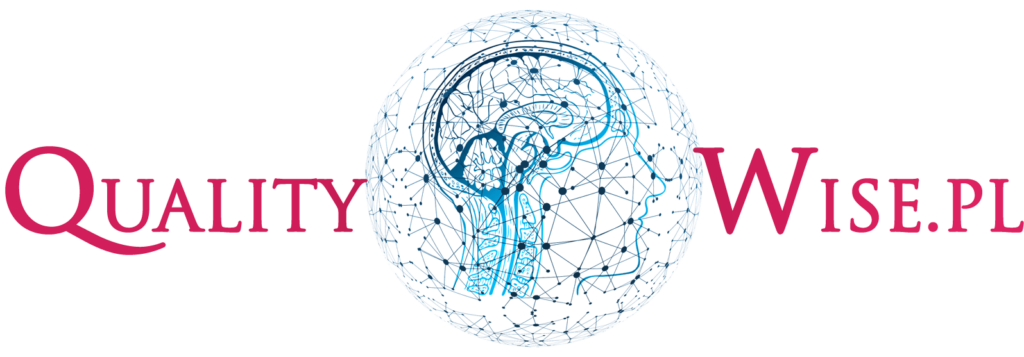
Recently, I have devoted a little more attention to statutory and regulatory requirements as part of ensuring compliance with legal requirements and product safety. This is related to the provision of the so-called automotive product integrity. If I mention the PSCR function – Product Safety and Conformity Representative, people working with OEMs such as VW, Mercedes, BMW or even Geely should immediately know what I mean 😊
Statutory and regulatory requirements – their meaning for quality management system
Organizations certified for compliance with the automotive standard IATF 16949 are required to meet the requirements of their quality management system
- required by the standard (including here ISO 9001),
- determined by the organization as being necessary for the effectiveness of the quality management system
However, this is not the end of the requirements. We often meet the IATF 16949 standard also with the need to meet statutory and regulatory requirements.
The IATF 16949 standard distinguishes between statutory and regulatory requirements that relate to:
- country of receipt – country where the organization is located, i.e. country of the manufacturing site,
- country of shipment – customer’s receiving location, and therefore the country where the manufacturing site ships to,
- country of destination – country where the vehicle is sold/ the final product is initially sold.
Why there are 3 categories of countries in quality management system?
Every vehicle in the world is the same, according to the United Nations, which has issued regulatory requirements for vehicles. However, within individual countries or areas, these requirements may vary considerably. Hence, in some requirements of the IATF 16949 standard, we can find a distinction between the requirements depending on these categories of countries.
Nevertheless, compliance with all statutory and regulatory requirements carries the consequence of granting approval.
Approval is the process by which a new type of vehicle is placed in service. The approval authority, based on positive test results of the approved technical unit, issues a vehicle type-approval certificate authorizing its registration. This certificate confirms that the technical requirements specified in the relevant legal acts have been met.
We should also remember that the appropriate units corresponding to specific markets are responsible for approval, and on their websites, you will find a reference to the relevant legal acts. For example, in the European Union they can be found on the Eur-lex website, in the US market on the NHTSA website, in the German market on the KBA website.
Of course, remember that statutory and regulatory requirements are not limited only to those related to introducing a product to the market. They may also apply to all applicable governmental, safety and environmental regulations related to the acquisition, storage, handling, recycling, elimination, or disposal of material.
Statutory and regulatory requirements in IATF 16949:2016
I have compiled these requirements for you in a complete list that you can download under this article.

At the same time, I would like to draw your attention to particularly helpful frequently asked questions, the so-called FAQ for IATF 16949. FAQs 9 and 24 concern clauses related to statutory and regulatory requirements. As these frequently asked questions are available for download, I encourage you to visit the IATF official website for more details.
Get the list of IATF clauses related to statutory and regulatory requirements
Hope you found this article interesting.
Thank you for your presence.
Agata Lewkowska Ph.D.
PS. If I can help you with quality management issues, please contact me. You may also join me in my private group on Facebook: ISO 9001 & IATF 16949 QualityWise Group.
For people who want to know more:
The article was based on the following literature:
IATF 16949: 2016 Requirements for quality management systems in serial production and the production of spare parts in the automotive industry, 1st edition, 2016
ISO 9001:2015 Quality management systems — Requirements
Product integrity – Recommended action for organizations regarding product safety and conformity, VDA-QMC, 1st edition, November 2018
All content on the qualitywise.pl website is a private interpretation of publicly available information. Any convergence of the described situations with people, organizations, companies is accidental. The content presented on the website qualitywise.pl does not represent the views of any companies or institutions.

